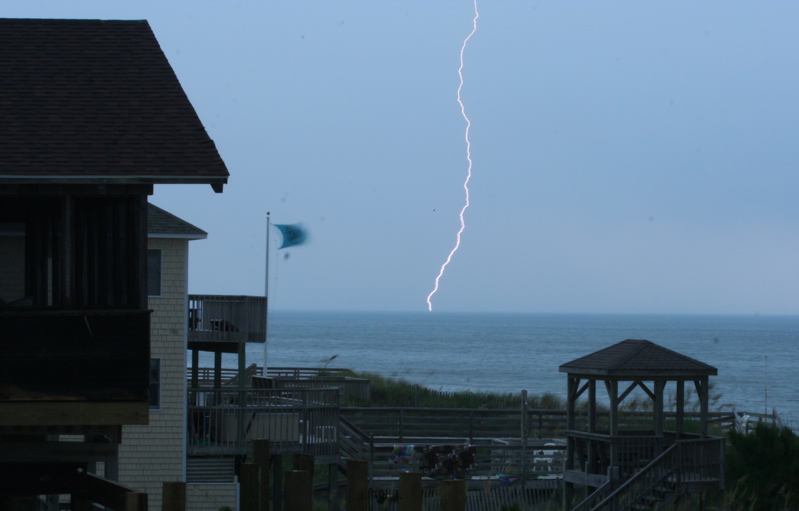I wouldn’t trust anyone who surfs and/or shapes primarily in Hawaii on the appropriate choice for east coast summer waves. Let them spend a few summers here first! The east coast boards ARE shaped differently by the experienced shapers, and even the SoCal mush killers are not really enough. Generally the southeast everyday boards are 1/2" to 1" wider in the tail, 0.25" less tail rocker, than the comparable mush boards from SoCal.
And there is no market for short mush boards in Hawaii, they are narrower tailed and more rockered than the SoCal boards. Honestly, if you go there and see days that would consist of east coast mush surfing, no one there will surf it. They say “mush” and the translation to a North Carolina surfer is “best summer day before hurricane season EVER”.
Wider tails and flatter rockers are a large part of the equation. And the tail rocker matters at least as much, if not more, than the entry rocker.
Appropriate fin choice is another.
Whereas I respectfully agree with tomatdaum’s recommendations, I do not think they come even close to the potential you will find in smaller waves with my system. A part of the problem with the thruster is that you cannot trim forward to reduce drag in smaller waves. Even today some big contests in small waves are being won on quads instead of thrusters - despite their minimal thrust, they also have less drag. A small trailer makes this compromise too - less thrust traded off for less drag. You do not have to make that tradeoff - you can have less drag AND more thrust.
Just came back from a week on OBX, scored a few windswell days, good fun. Took a pic of some lightning there…
